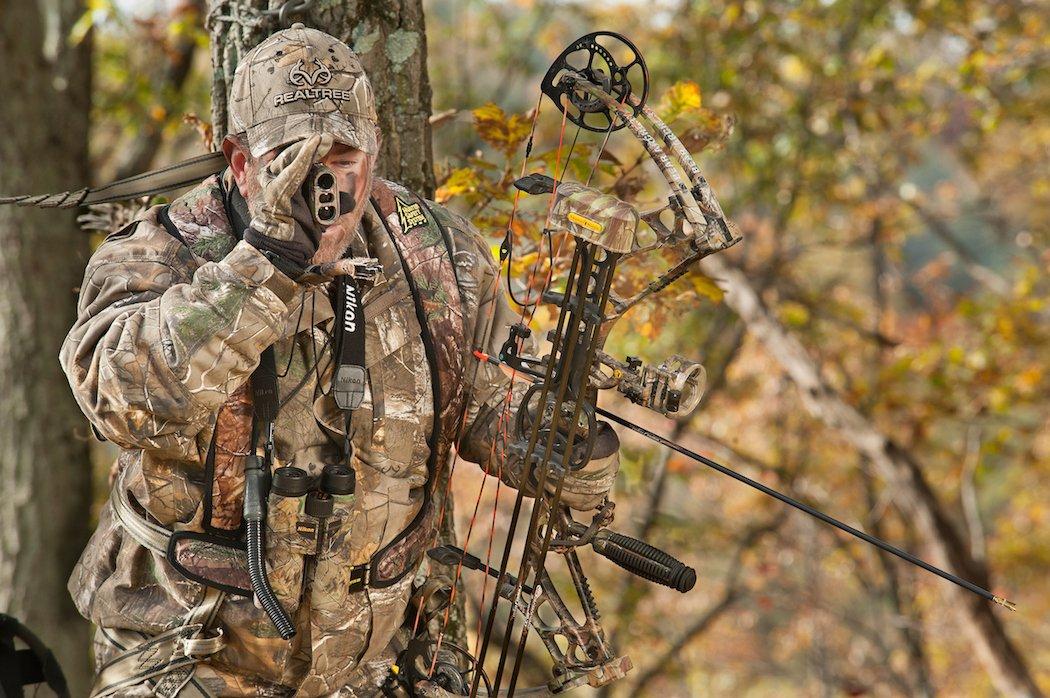It Can Be Done and You Can Do It
If you've been shooting a bow more than 10 years, you have target panic. Yes you do. On a scale from 1 to 100 you may show symptoms on a level 25, but it's there I assure you. When target-panic affliction reaches levels higher than, say 50, it's absolutely affecting your ability to shoot at your full potential. In a strictly bowhunting context, this means missing easy shots at game for no apparent reason, taking more time to aim than you should while also making shots more "forced" than necessary.
No matter your symptoms -- freezing off target at full draw, hurrying each shot, snap shooting, or having a difficult time committing to a shot, aiming and re-aiming, trying to make every shot more than perfect -- the time to regain mental control is now. Even if you suffer no detectable symptoms, running through these exercises will make you a better shot. Spend the next month carefully going through this program and I guarantee you'll shoot better.
The first thing you must do is eliminate any results-oriented shooting. Target panic's a function of performance anxiety, focusing on the end instead of the means. You must establish the notion that executing the perfect shot is more important than where your arrow hits. Spend the first week in front of a safe backstop, blindfolded or with eyes tightly closed, drawing your bow, pointing it at the target and mentally envisioning perfect shooting form in your mind -- and then letting down. The latter is most important at this stage. You're deprogramming bad habits and this requires taking things one step at a time. Each step is conducted every day for about 30 to 45 minutes, no more.
After a week, having gained control of drawing and anchoring solidly without shot anxiety, use the same backstop and blindfold and go through your entire shot process, this time releasing an arrow blindly. It doesn't matter where your arrow lands (save safety's sake), only that the shot is relaxed, and feels and "looks" good in your mind. Unless you have a huge backstop, an entire haystack or bank of sand, it's wise to have a helper keep an eye on you to assure no lost arrows or accidents.
By the third week, you should be able to remove the blindfold or open your eyes and do some calm "blank-bale" shooting. Again, you want to eliminate results-oriented feedback. Choose a large backstop, covering it in blank cardboard or butcher paper, stand very close (within 5 yards), and with your eyes open, attempt to maintain that feel of a proper shot sequence while aiming at nothing at all. If any degree of anxiety persists, return to the previous step and invest another week.
During the final week, enlist a friend or partner and have them count you through a series of shots. They pick a random number from one to 10, ask you to draw and anchor, to place your pin on a precise spot, and only then slowly count through to the predetermined number. When the number is reached, they then tell you either to let down or allow you to shoot. It's highly important to obey their commands. By this point, you should have regained control and be able to follow orders without anxiety or twitches. If not, return to the previous step.
This sort of training is certainly tedious, and requires a high degree of discipline. But if you're dead serious about ridding yourself of debilitating target panic, you'll find the program absolutely invaluable.
Don't Miss: 5 Steps for Curing Buck Fever
Editor's Note: This was originally published July 7, 2012.
Are you a bowhunter wanting to learn how to accomplish your goals? Check out our stories, videos and hard-hitting how-to's on bowhunting.







